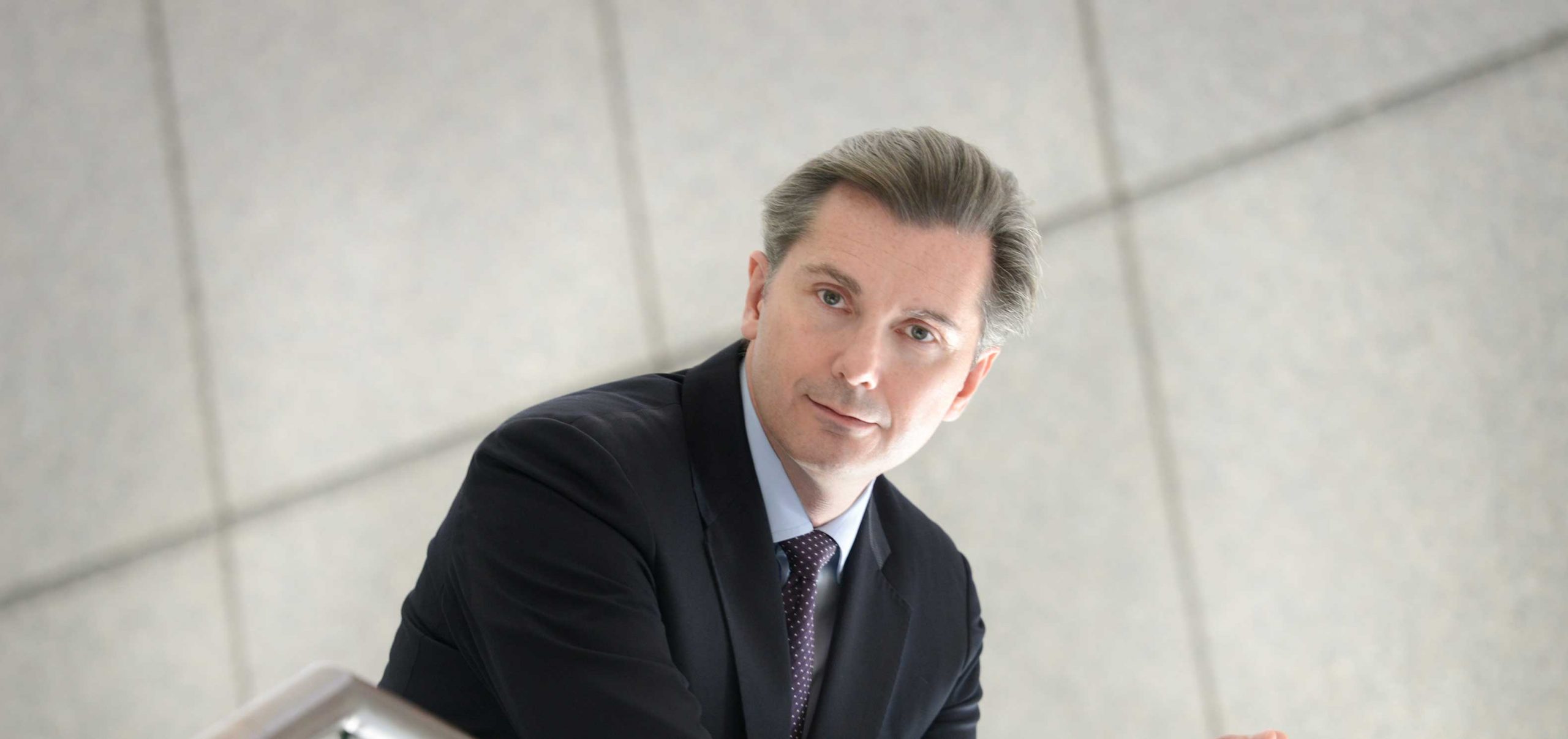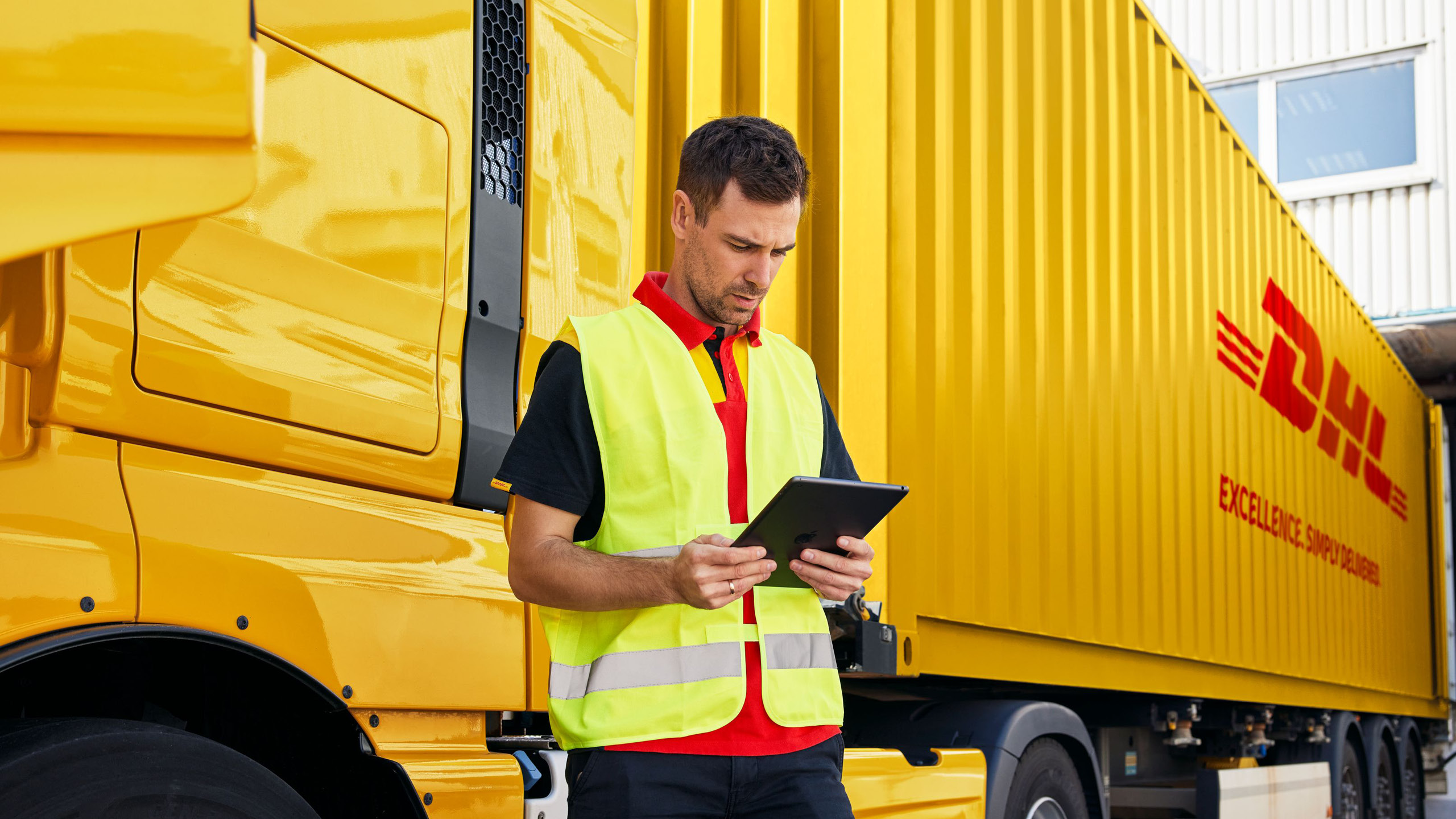
<!--[CDATA[
The heads of state and government of the G20 countries have met in Hamburg. A major point of discussion at the summit was the issue of protectionism, which we actually thought had been overcome... America First and Brexit are the best-known examples of a trend towards geo-political nationalism, which we have also been observing in continental Europe for some time. Increasingly bureaucratic hurdles by individual countries can be seen here too, including the electronic road transport control system EKAER in Hungary, which makes all transportation to and from Hungary subject to registration, the French “Loi Macron”, weekend regulations that vary from country to country, or the temporary reintroduction of border controls in the Schengen Area as a reaction to the refugee crisis. These are in fact only examples, and the complete list is surely much longer. For the road freight transport sector, high bureaucratic hurdles, for example for customs clearance, mean longer transit times and rising costs.
What happens after Brexit?
And there’s more to come. The talks on the withdrawal of Great Britain from the EU began on the 19th of June. What does this mean for freight transport to and from Great Britain? The uncertainty is still very much tangible. Many imponderables and risks, new regulations, interim solutions and deadlines have to be taken into account. For most companies, these are difficult to calculate. Freight transport between Great Britain and the countries of continental Europe is and remains an important economic factor. DHL Freight will continue to support its customers to ensure that the transport of goods via the channel carries on as smoothly as possible. As transport experts, we will continue to keep a close eye on new legislation and regulations, and inform our customers promptly and comprehensively. This is where it is important to keep the costs as low as possible for our customers. That is why we are working together with the competent customs authorities and transport operators on the ground to ensure that all currently necessary regulations are met and goods can easily cross borders. In addition, we are preparing our customers for Brexit by examining their supply chains, designing alternative models and testing routing options. Despite all setbacks, the international movement of goods has not come to a standstill. And we at DHL Freight are doing everything to ensure that the obstacles for our customers are overcome as easily as possible. Robert Ziegler, COO Non-terminal based Operations & Value Added Services, CEO Belgium, Netherlands and UK DHL Freight


